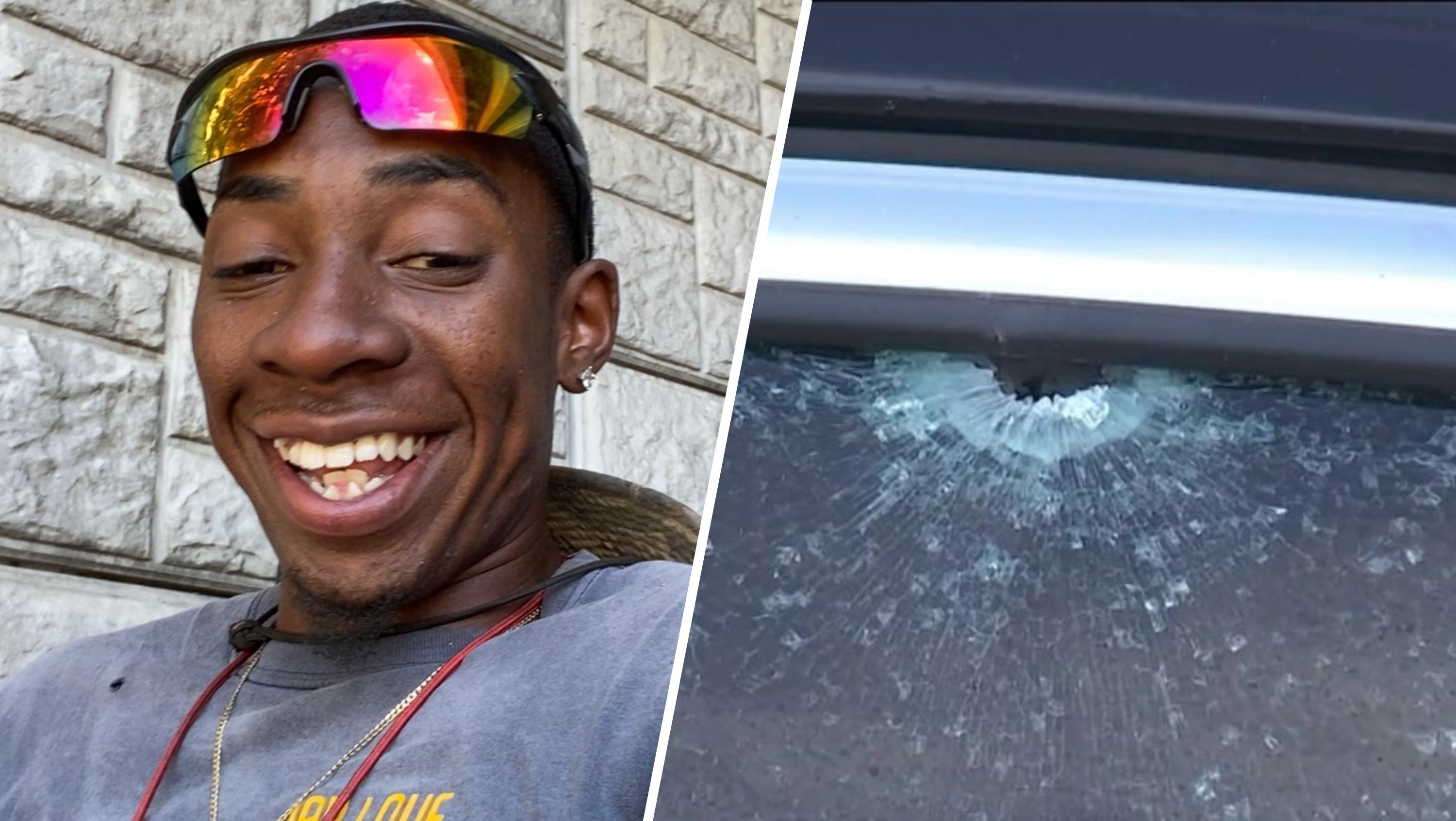Home video taken by Alicia Morgan shows the last moments she had with her cat LJ before the animal was put to sleep at Panda Animal Clinic. The video shows the cat sitting on an exam table waiting to be euthanized. Morgan says LJ’s fatal trip began more than a week before that video was taken when she took LJ and her sister Azul to get declawed at the animal clinic in Hialeah.
In a home video taken after the surgery you see LJ lying on the floor and hear Morgan’s husband say “the cat has been very sick, vomiting often.” Morgan says “she was so sick, she was very weak and she wasn’t eating, she was already acting to me like she was dying.”
Morgan says when she took LJ to Panda Animal Clinic she was a healthy 7-month-old cat. She had her shots and had been checked by another vet weeks before. LJ had also had her front claws removed without incident at another facility but Morgan says after the new surgery at Panda the cat developed gangrene and renal failure. She complained to the veterinarian who runs the clinic, Dr. Haydee Perez-Tirse.
In a phone interview, Dr. Perez-Tirse told NBC 6: “we did everything we could for this kitty cat, nothing was done wrongly.”
The veterinarian went on to say the cat presented a blood clot in the leg which is a normal surgery complication that could not be avoided. Morgan says she wants the case investigated and has filed a complaint with the Florida Board of Veterinary Medicine alleging Dr. Perez-Tirse was “negligent and incompetent in her care of L.J.” “I put it to doctor Perez, you do the math, I bring you a healthy cat, you bring me a cat that’s dying, I think you did something wrong,” Morgan says.
Morgan is asking the board that the vet’s license be suspended for a year and she is not the only one leveling accusations against Dr. Perez-Tirse. A former employee, who asked not to be identified, shows the Team 6 Investigators a needle he says he took from the clinic to prove that needles were being reused.
“If you see the needle is a little bent,” he says.
Local
Five other former employees tell NBC 6 needles were regularly reused even if they were dull or bent in order to save money. Another former employee who prefers not to be identified says they had a secondary veterinarian at the clinic that would request they use fresh needles. She says that vet would tell them: “I do not want to be poking this cat three or four times with the same needle because it just wouldn’t go into the skin.”
Dr. Perez-Tirse denied reusing needles saying she just reuses syringes. “We separate them, we clean them out and we reuse them again. They’re perfectly fine to reuse at least one more time before they’re discarded,” Dr.Perez-Tirse says. She goes on to say the allegations are being made up by disgruntled former employees.
Olivia Arillaga, another ex-employee showed the Team 6 Investigators a picture of a plastic bin full of syringes and needles. A similar bin was captured by our undercover camera during a tour of Panda Animal Clinic. Ex-employees tell us that’s where used needles and syringes were placed prior to sterilization. When we asked Dr. Perez-Tirse who separates the needles she replied “my employee who is in charge of doing that. I have one employee who’s in charge of doing that.”
The vet vehemently denies reusing needles yet a worker’s comp claim filed in 2001 says an employee “sterilizing needles in clinic pinched her right hand by an unsterile needle.” Dr. Perez-Tirse told NBC 6 “that lady did stab herself; I don’t recall what she was doing at the time.”
Whether she was sterilizing needles or simply pulling them apart, OSHA, the federal agency who enforces safety regulations tells the Team 6 investigators “used needles and syringes should never be collected in a temporary container which is later emptied into another container.”
The Florida Administrative Code on Biomedical Waste also states that “sharps shall be discarded at the point of origin into single use or reusable sharps containers.” Experts tell us, the plastic bin we captured on video does not qualify as a proper sharps container which should have a biohazard sign on it and a non-releasable lid for safety.
The Team 6 Investigators consulted with South Florida Veterinary Medical Association President Maria Oliveira and veterinarian and attorney Robert Foley. They cannot comment on this case but say there are several reasons why needles shouldn’t be reused.
“If the needle is barbed at the end because of repeated use it could be painful to the animal,” Dr. Foley says. “When you are reusing needles, one you cannot clean them, sanitize them or sterilize them properly so if you are using one needle in different dogs or cats you can be transmitting diseases,” explains Dr. Oliveira.
But according to former employees Dr. Perez-Tirse didn’t always have the best interest of the animals in mind. Olivia Arillaga, who worked at the clinic for over seven years, says when they saw a big healthy dog they knew “that dog was going to be used as a donor.”
Tomorrow in the second part of our Team 6 Investigation hear what these ex-employees say happened to some animals that came in for routine checkups.



